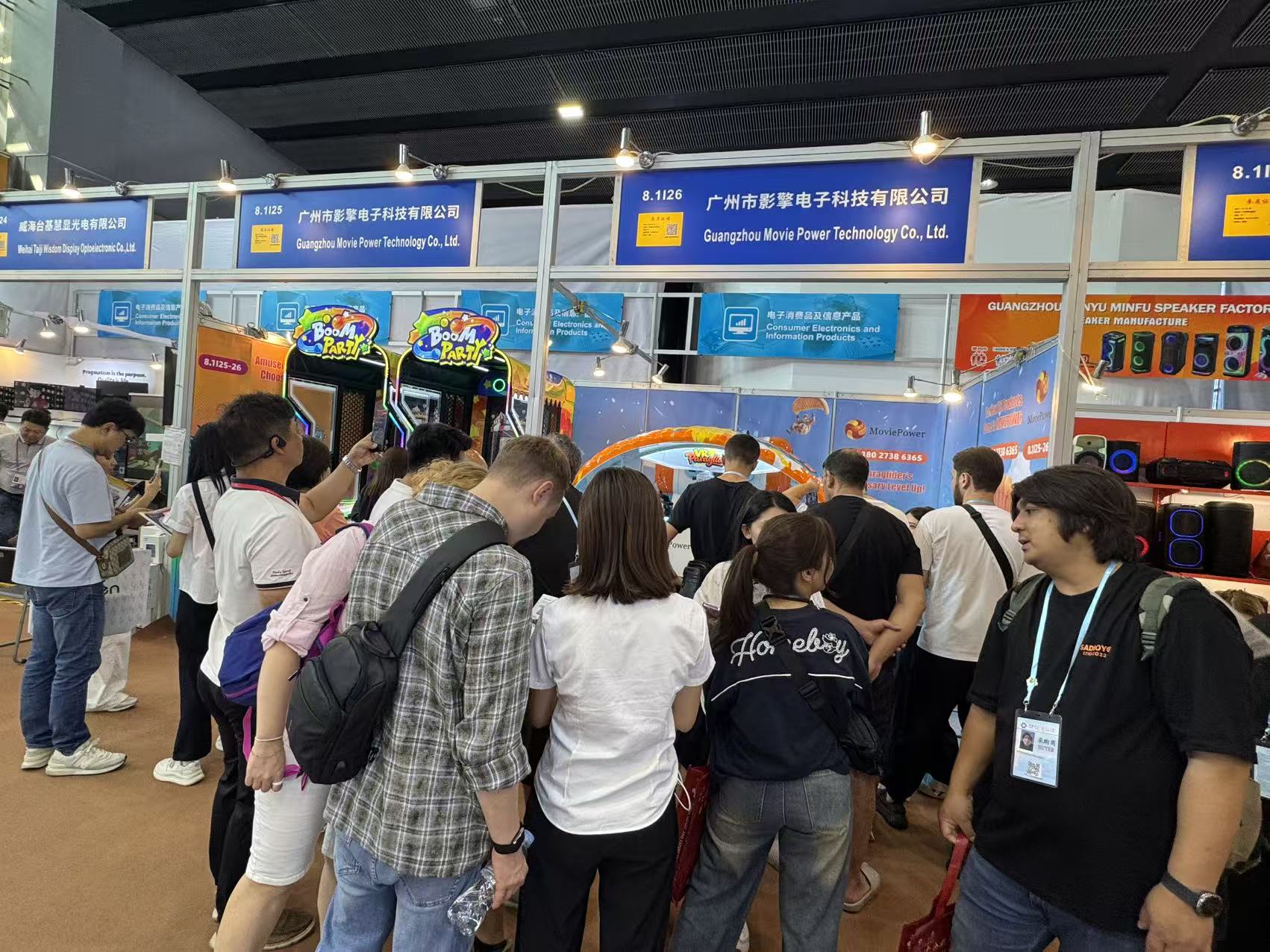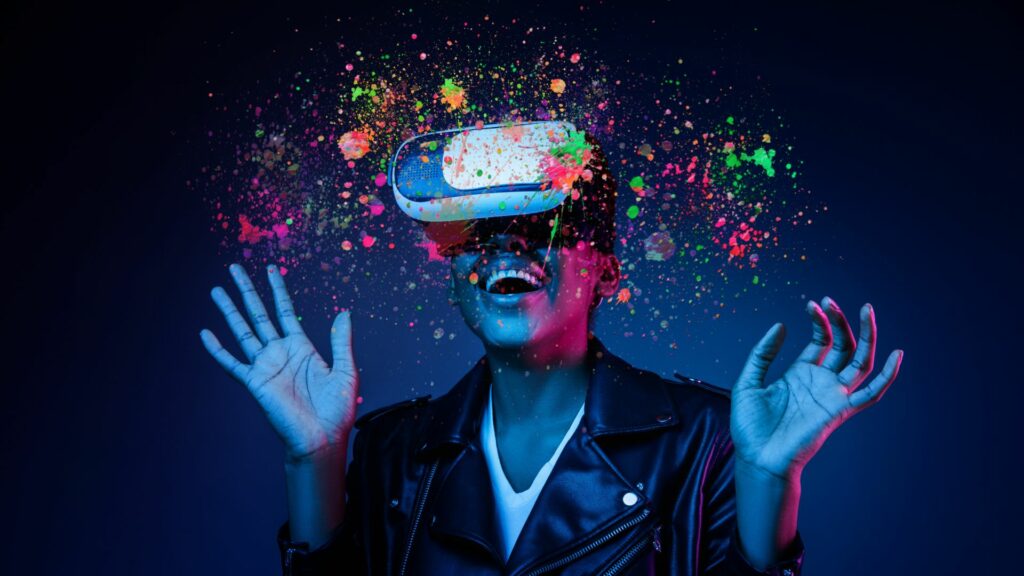
source: Pinterest
Virtual reality technology has completely revolutionized gaming, creating immersive experiences that were once only a figment of the imagination. One of the most popular offerings in the world of virtual reality gaming are Arcades VR, which offer virtual reality games and simulations that transport players to another world. Among these simulators, the most popular ones in the market are VR racing simulators, VR flying simulators, et VR roller coaster simulators. Cependant, VR flight simulator has been a new addition to the rising trend of immersive gaming experiences.
What are VR Flight Simulators?

source: Pinterest
A virtual reality flight simulator is a machine that emulates the experience of flying a plane, helicopter, or spacecraft. They use sensors, realistic sound, and high-resolution displays to create a fully-immersive flying experience. Players have control of a specially designed controller, such as a joystick or yoke, to control and maneuver the virtual aircraft. VR flight simulators are available in numerous formats, ranging from full-scaled cockpit rigs to standing platforms with a VR headset and a wireless controller. Popular virtual reality flight simulators include X-Plane 11, Microsoft Flight Simulator and Digital Combat Simulator World.
Advantages of VR Flight Simulators
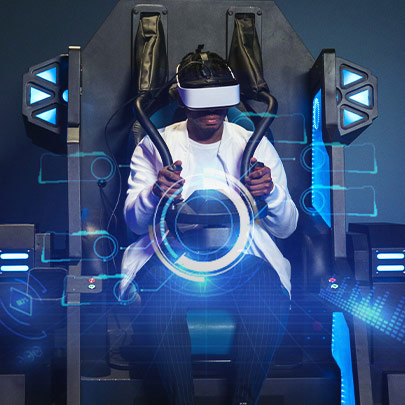
source: Pinterest
VR flight simulators have several benefits compared to real-life flying experiences or traditional gaming modes such as console gaming. Here are a few advantages of using VR Flight Simulators:
- Environnement sûr: VR flight simulators provide a safe environment for learning and testing different flying scenarios, despite the risks associated with actual flying.
- Expérience immersive: VR flight simulators provide a heightened sense of being in control of the flight while allowing players to experience flying as realistically as possible.
- Accessibilité: With virtual reality, players of all levels, from novice to experienced pilots, can enjoy flying an aircraft. This accessibility promotes learning and can help create future real-world pilots.
Types of VR Flight Simulators
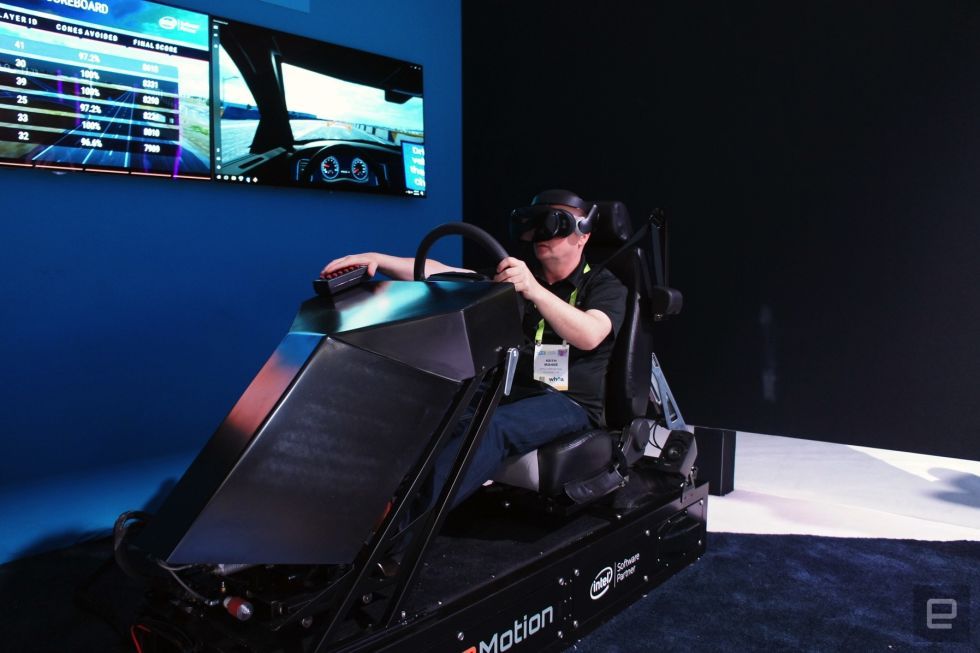
source: Pinterest
Virtual reality has revolutionized the way we experience gaming, and simulations have become an increasingly popular form of entertainment. A virtual reality flight simulator is one such simulative entertainment that has captured the imaginations of pilots and gamers alike. These simulators come in various forms, each providing a unique immersive experience. Here are the three most common types of VR flight simulators.
Simulateur de vol VR
A VR flying simulator replicates the experience of piloting an airplane, whether it’s a commercial airliner or a military jet. With the motion control features, the user can steer the plane smoothly as they shift their weight to manipulate the flight controls. Some simulators offer realistic wind resistance and turbulence, offering a comprehensive experience. Often, these VR experiences are paired with realistic sound effects to create an immersive experience of flight.
Simulateur de montagnes russes VR
A VR roller coaster simulator takes the amusement park ride experience to a whole new level. These simulators are designed to recreate the feeling of riding a thrilling roller coaster, from the jaw-dropping drops to the invigorating twists and turns. These simulators have advanced haptic feedback systems that create a truly immersive experience, making the user feel like they are sitting on a real roller coaster.
Simulateur de diapositives VR
A VR slide simulator offers a unique experience of slipping and sliding that immerses the user and makes them feel as if they are sliding in reality. The VR technology recreates the virtual environment that looks like an exotic water park. The user can slide down the water pipes, glide in the air, or take a ride in an amazing roller coaster. The simulation provides the same wind and gravitational effect as the actual slide or coaster ride, providing an exhilarating experience.
There are many different types of VR flight simulator machines, each designed to provide a unique experience. Each of these simulators has its pros and cons, and it’s up to the user to decide which one they prefer. Par exemple, VR flying simulators provide a realistic and educational experience, while VR racing simulators inject adrenaline into a competitive racing game. VR roller coaster simulators provide an exciting amusement park ride experience, and VR slide simulators give the user a dry ride of water slides.
VR Technology and the Future of Flight Simulators
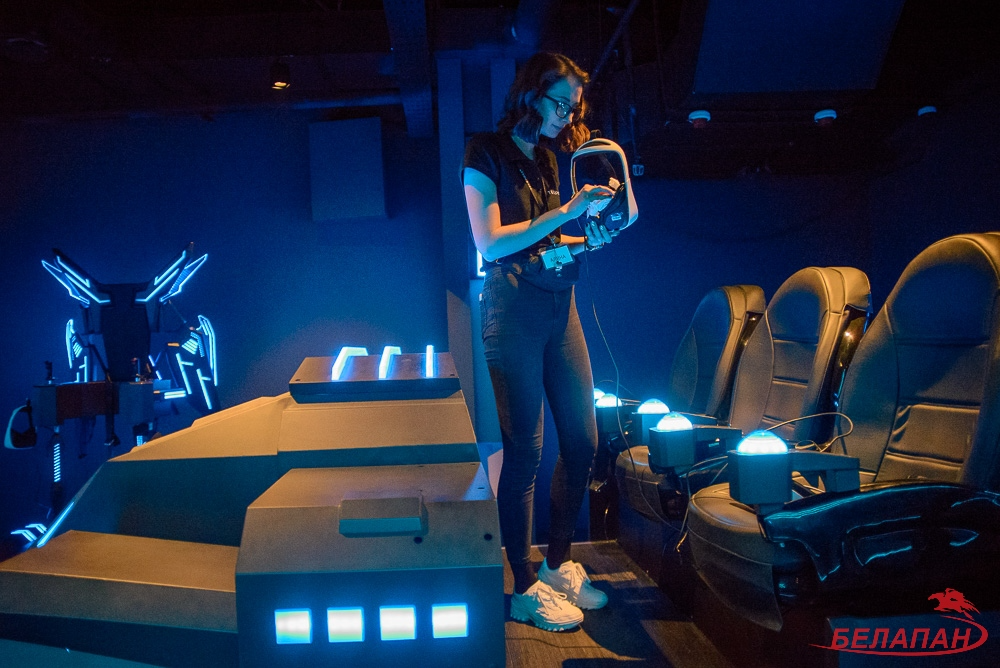
source: Pinterest
Virtual reality technology is advancing at a phenomenal pace, with new developments and advancements being discovered every day. This has led to an increase in popularity for immersive experiences, including VR flight simulators. Au cours des dernières années, virtual reality has been used across a variety of industries, including aviation, to increase training safety, cost-effectiveness, and accessibility.
Haptic Feedback Technology
One major advancement in virtual reality technology is the development of haptic feedback technology. The introduction of advanced haptic feedback systems means greater immersion and realism in virtual reality. These haptic feedback systems provide vibration and tactile response, providing a user with the sense of touch, vibration, or movement that further increases the realism.
Artificial Intelligence in VR Simulations
De plus, intelligence artificielle (IA) has been used to create more realistic simulations. With advancements in AI, virtual reality flight simulation machines can now replicate real-world scenarios in high-definition and offer a more realistic flying experience. These provide more challenging situations for pilots or pilots-to-be, offering a level of interaction that is closer to real-world scenarios, including environmental elements like fires or weather conditions.
Wireless Connectivity in VR Flight Simulators
Wireless connectivity is a feature that will play a pivotal role in the future of virtual reality flight simulations. One of the major concerns of VR flight simulators is that the wires can sometimes impede the player’s mobility, which can negatively affect the experience. Cependant, wireless connectivity technology resolves this issue. VR flight simulator machines with the latest wireless technology can simulate extensive and comprehensive scenarios without any strain caused by traditional wiring systems.
Future Possibilities of VR for Aviation Industry
In the future, il’s possible that virtual reality will be used across different areas of aviation, y compris engineering and aircraft design. Engineers, aircraft manufacturers, and simulation companies can work together to make unique and improved virtual reality inspection tools for aircraft. Virtual reality can be harnessed to test and develop new aircraft models in a completely virtual world. This way, the aviation industry can save time and money as it focuses on designing the most efficient and safe aircraft possible.
Conclusion
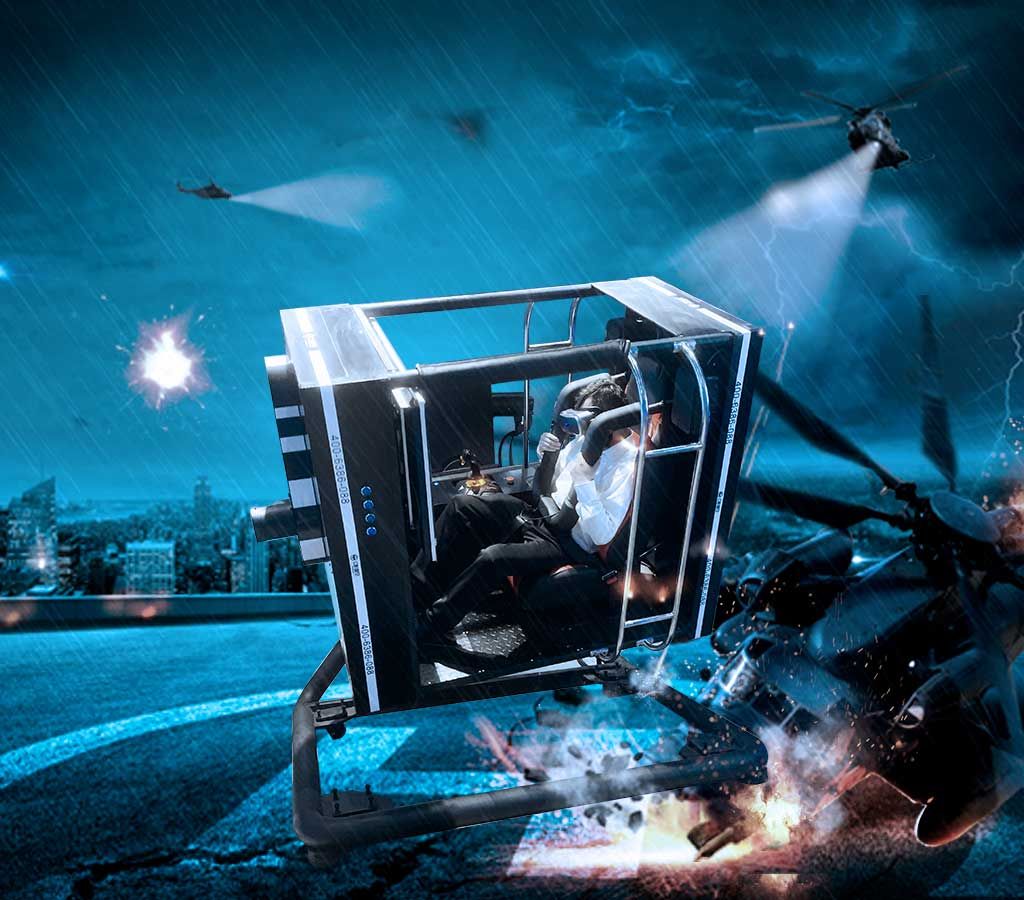
source: Pinterest
Virtual reality flight simulators offer an immersive and realistic experience for those interested in the thrill of flying. With easy accessibility and the benefits of a fully-controlled and safe environment, VR flight simulators are the perfect choice for those unwilling or unable to experience real-life flying. The technology advancements we are seeing means VR flight simulators will only continue to increase in popularity. Alors pourquoi attendre? Get in touch with your nearest VR arcade suppliers and experience the thrill of flying without leaving your feet!

